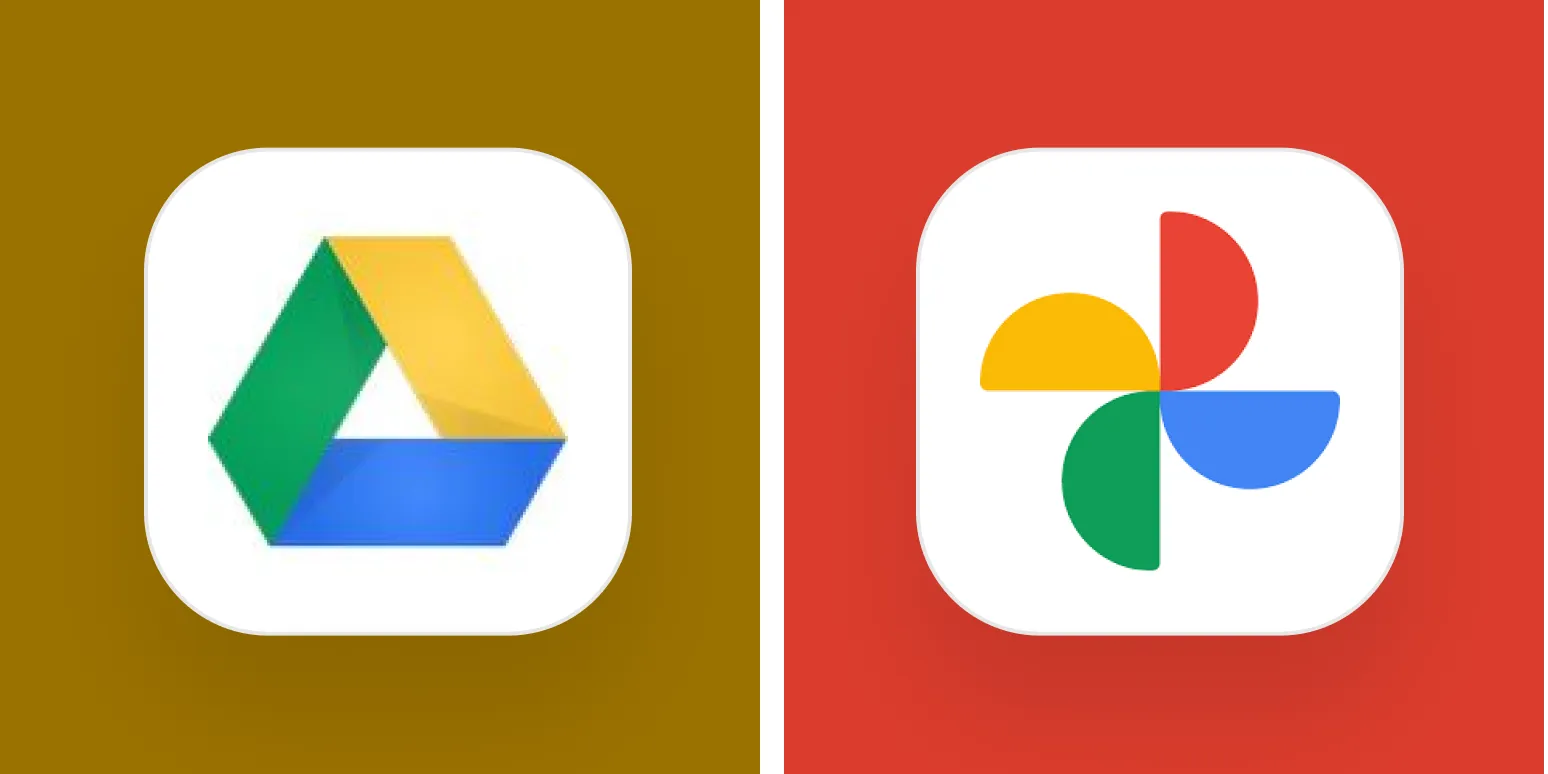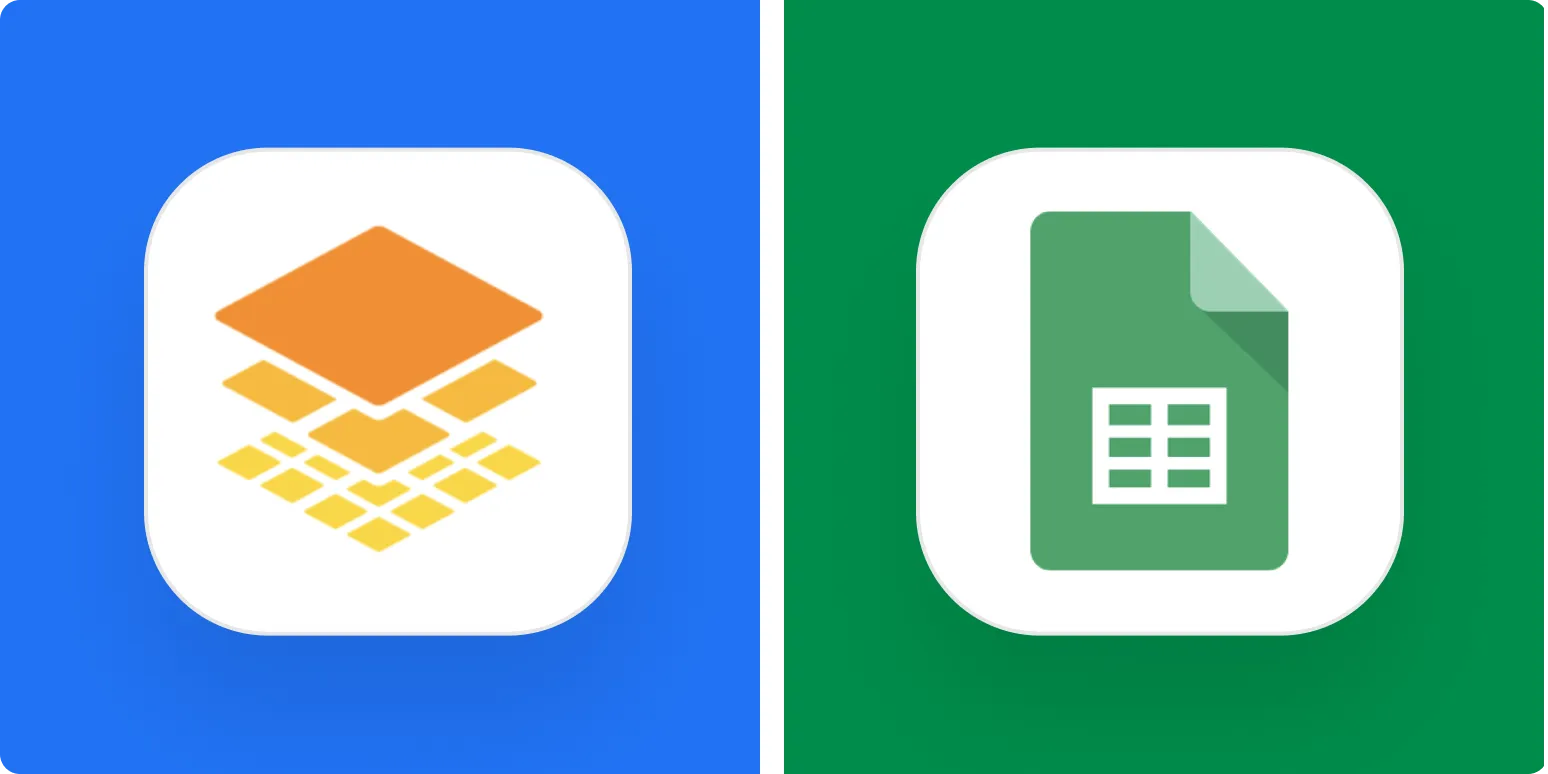When it comes to task management apps, ''Asana'' and ''Todoist'' are two of the most popular choices available in 2025. Both platforms offer unique features that cater to different user needs. In this article, we will explore the key differences and similarities between ''Asana'' and ''Todoist'' to help you determine which task management app suits you best.
Features Comparison
Understanding the features of both apps is essential in making an informed decision. Below is a comparison of the core features of ''Asana'' and ''Todoist'':
| Feature | Asana | Todoist |
|---|---|---|
| User Interface | Intuitive and visually appealing | Simplistic and straightforward |
| Task Management | Advanced task management with subtasks | Simplistic task management with basic features |
| Collaboration Tools | Strong collaboration features for teams | Limited collaboration options |
| Integrations | Wide range of integrations with other apps | Good integrations, but fewer than Asana |
| Pricing | Free version available; premium features at a cost | Free version available; premium features at a cost |
User Experience
The user experience can significantly affect how productive a user is with a task management app. ''Asana'' provides a visually appealing interface with boards, lists, and timelines that allow users to visualize their tasks effectively. It is tailored for teams and larger projects, making collaboration seamless.
On the other hand, ''Todoist'' offers a minimalist design that focuses on individual productivity. Its simple layout makes it easy for users to add tasks quickly without getting overwhelmed by unnecessary features. This simplicity can be a double-edged sword, as it may lack some advanced features that team-based users might need.
Task Management Capabilities
''Asana'' excels in task management with its ability to create subtasks, dependencies, and project timelines. This makes it ideal for complex projects that require detailed planning and execution. Users can assign tasks to team members, set deadlines, and monitor progress through various views.
Conversely, ''Todoist'' is designed for straightforward task management. Users can create tasks, set due dates, and categorize them using labels and filters. While it lacks the advanced features of ''Asana'', it is perfect for users who prefer a more focused and less complicated approach to managing their tasks.
Collaboration Features
One of the most significant advantages of ''Asana'' is its robust collaboration tools. Users can comment on tasks, attach files, and receive notifications, making it easy to communicate within teams. This feature is especially useful for businesses that require constant collaboration and updates among team members.
In comparison, ''Todoist'' offers limited collaboration features. While users can share projects and assign tasks, the platform lacks the depth of communication tools found in ''Asana''. Therefore, if your primary need is team collaboration, ''Asana'' will likely be the better choice.
Integrations and Automation
Integrations play a crucial role in enhancing productivity by connecting various tools. ''Asana'' offers a wide range of integrations with popular apps like Slack, Google Drive, and Microsoft Teams, allowing users to streamline their workflows. The automation features, such as custom rules and triggers, further enhance productivity by reducing manual tasks.
''Todoist'', while it does offer integrations with some essential apps, does not have the same breadth as ''Asana''. However, it supports integrations with tools like Zapier, which can help automate tasks across different platforms, albeit with some limitations.
Pricing Structure
Both ''Asana'' and ''Todoist'' offer free versions that provide basic features suitable for individual users. However, if you require advanced features, you will need to opt for their premium plans. ''Asana'''s pricing varies based on the number of users and the features included, while ''Todoist'' has a more straightforward pricing model based on individual or team subscriptions.
Here is a brief overview of the pricing for both apps:
| App | Free Version | Premium Version |
|---|---|---|
| Asana | Yes | Starts at $10.99/user/month |
| Todoist | Yes | Starts at $3/month (billed annually) |
Final Thoughts
Choosing between ''Asana'' and ''Todoist'' ultimately depends on your specific needs. If you are part of a team and require a comprehensive project management tool with advanced features and collaboration tools, ''Asana'' is the better choice. However, if you are looking for a simple and efficient way to manage your personal tasks, ''Todoist'' may be the right fit.
Both apps have their strengths and weaknesses, so consider your workflow, team size, and the complexity of your projects before making a decision. Whichever you choose, both ''Asana'' and ''Todoist'' can help you stay organized and boost your productivity.





